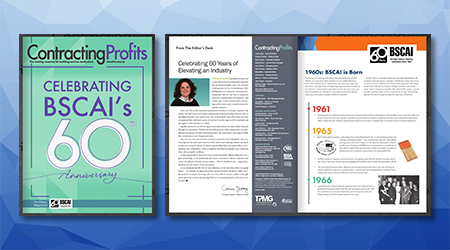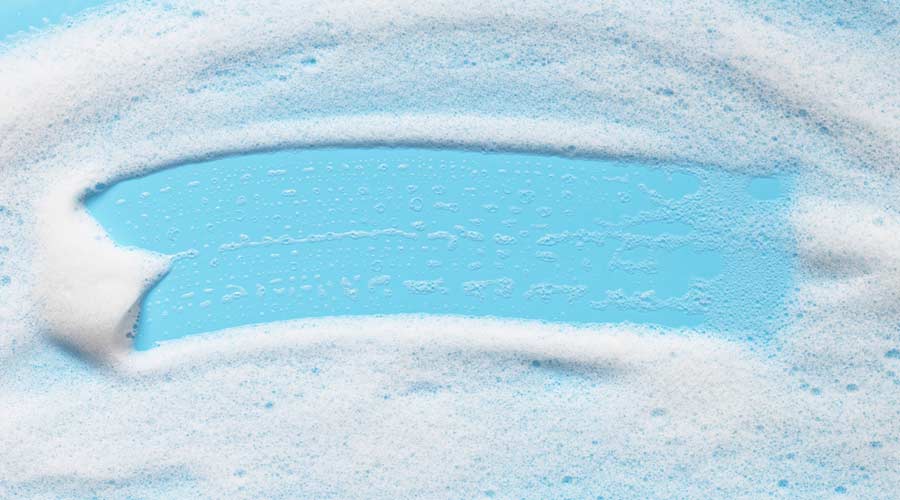
By James Kim, Ph.D., DABT, ATS, Senior Vice President, Science & Regulatory Affairs, American Cleaning Institute
In the ever-evolving landscape of facility management, cleaning professionals in the commercial sector are increasingly being called upon to deliver more than just appearances — they are now essential partners in public health. Nowhere is this more evident than in kindergarten through 12th grade settings, where evidence-based cleaning and hygiene interventions have shown measurable benefits in reducing illness-related absenteeism, improving student and staff wellness and mitigating strain on school operations.
For professional cleaning executives overseeing operations in educational settings, these outcomes represent a powerful opportunity: not only to enhance service value but to align operations with goals in health, safety and performance.
Hidden Cost of Illness
Every year, student absenteeism costs school districts millions in lost funding, while staff absences require costly substitute coverage and disrupt continuity in instruction. According to the Centers for Disease Control and Prevention (CDC), the 2023–2024 flu season was associated with an estimated 40 million influenza-related illnesses in the U.S. — many of those affecting children and adolescents. Other pathogens like norovirus and rhinovirus are also common culprits in school outbreaks.
Inadequate cleaning and hygiene protocols are often overlooked contributors to this problem. High-touch surfaces, shared equipment, restrooms and poorly ventilated spaces can serve as opportunities for transmission if not cleaned properly or frequently enough.
Recent studies underscore just how significant an impact cleaning can have. In one randomized controlled trial conducted in elementary schools, classrooms that implemented targeted surface disinfection protocols saw up to a 50 percent reduction in student absenteeism due to illness. In another study, installing hand sanitizer dispensers and integrating hand hygiene education correlated with significant decreases in respiratory and gastrointestinal outbreaks.
For cleaning executives, this data translates into a clear mandate: an evidence-based approach is not just best practice, it is a competitive advantage.
Defining "Evidence-Based" Cleaning
Evidence-based cleaning goes beyond routine schedules and visual inspections. It relies on measurable outcomes, data-backed procedures and validated products and technologies. In K-12 environments, where funding and staffing can be limited, prioritizing interventions with proven efficacy is essential.
Key elements of an evidence-based cleaning program include:
Risk-Based Prioritization: Identifying high-risk and high touch areas - such as nurse’s offices, cafeterias and restrooms — and allocating resources accordingly.
Validated Cleaning Protocols: Using methods validated by agencies such as the EPA or CDC to address specific pathogens.
Staff Training: Ensuring custodial teams are trained not just in procedures, but in the rationale behind them to improve consistency and engagement.
Hand Hygiene Support: Coordinating with administrators to integrate hand sanitizer stations, handwashing education and reminders into the school day.
These strategies are not only effective, they are scalable and cost-efficient.
Benefits Beyond Health
The implications of improved cleaning go far beyond illness prevention. Schools that maintain high hygiene standards report better staff morale, stronger parent satisfaction and even improved student academic performance.
For example, reduced absenteeism can boost average daily attendance figures, which in many states directly impacts school funding. Additionally, healthier environments reduce the administrative and logistical burdens of managing illness outbreaks — freeing up resources to focus on education rather than crisis response.
From an operational standpoint, implementing evidence-based cleaning enables more predictive and data-driven decision-making. Cleaning teams can demonstrate their value to stakeholders using metrics, justifying investments in tools, staffing and training. It transforms the custodial department from a cost center into a strategic asset.
A Trusted Framework
Healthy Schools, Healthy People — a joint initiative between the American Cleaning Institute (ACI) and the Centers for Disease Control and Prevention (CDC) — offers K-12 institutions a suite of practical, evidence-based resources to reinforce hand hygiene and cleaning practices to prevent the spread of infectious diseases and reduce related absenteeism. The initiative highlights the importance of collective action among administrators, educators, nurses, parents and students, who all play roles in embedding hygiene habits and maintaining clean, safe learning environments.
Leading the Charge for Healthier Learning Environments
Ultimately, professional cleaning executives are in a unique position to drive transformation in school facilities. By staying informed on research, embracing innovation and advocating for evidence-based standards, these leaders can shape healthier, safer learning environments.
As the expectations placed on schools continue to grow — from resilience to mental health to equity — cleaning and hygiene will remain a critical foundation for student success. Those who can deliver not just clean schools, but healthier ones, will lead the way in defining the future of educational facility management.
James Kim, Ph.D., DABT, ATS, is the Senior Vice President, Science & Regulatory Affairs at the American Cleaning Institute (ACI), a trade association representing the U.S. cleaning products industry. Jim’s areas of responsibility are toxicology, human safety and efficacy of topical antiseptics, including research, regulatory affairs and outreach. Prior to joining ACI, Jim was a Senior Toxicologist at the Office of Information and Regulatory Affairs (OIRA), Office of Management and Budget (OMB), where he served as a scientific lead on interagency reviews of regulations, regulatory actions, and human health risk assessments.
Jim received a Master’s degree in Immunology (1994) and a Doctorate in Toxicology (2001) from the Johns Hopkins School of Public Health. He has been a Diplomate of the American Board of Toxicology since 2007 and was admitted as a Fellow of the Academy of Toxicological Sciences this past spring.
posted on 9/19/2025

 Celebrating BSCAI's 60th Anniversary eBook
Celebrating BSCAI's 60th Anniversary eBook The Down and Dirty on Cleaning in Virus Season
The Down and Dirty on Cleaning in Virus Season How Surfactant Use is Expanding in Commercial Cleaning
How Surfactant Use is Expanding in Commercial Cleaning